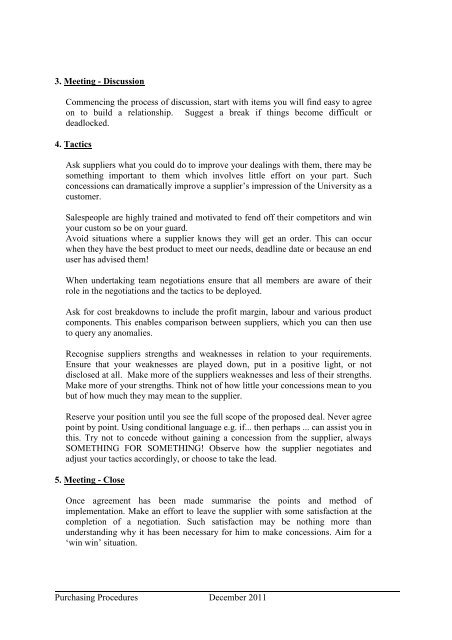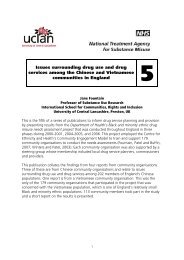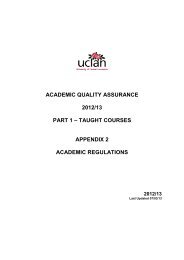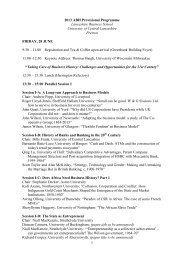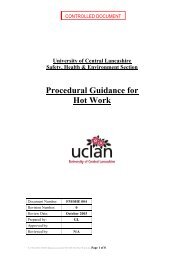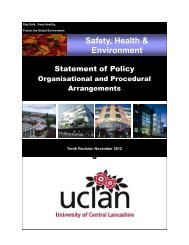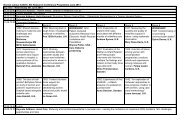PURCHASING PROCEDURES - University of Central Lancashire
PURCHASING PROCEDURES - University of Central Lancashire
PURCHASING PROCEDURES - University of Central Lancashire
You also want an ePaper? Increase the reach of your titles
YUMPU automatically turns print PDFs into web optimized ePapers that Google loves.
3. Meeting - Discussion<br />
Commencing the process <strong>of</strong> discussion, start with items you will find easy to agree<br />
on to build a relationship. Suggest a break if things become difficult or<br />
deadlocked.<br />
4. Tactics<br />
Ask suppliers what you could do to improve your dealings with them, there may be<br />
something important to them which involves little effort on your part. Such<br />
concessions can dramatically improve a supplier‟s impression <strong>of</strong> the <strong>University</strong> as a<br />
customer.<br />
Salespeople are highly trained and motivated to fend <strong>of</strong>f their competitors and win<br />
your custom so be on your guard.<br />
Avoid situations where a supplier knows they will get an order. This can occur<br />
when they have the best product to meet our needs, deadline date or because an end<br />
user has advised them!<br />
When undertaking team negotiations ensure that all members are aware <strong>of</strong> their<br />
role in the negotiations and the tactics to be deployed.<br />
Ask for cost breakdowns to include the pr<strong>of</strong>it margin, labour and various product<br />
components. This enables comparison between suppliers, which you can then use<br />
to query any anomalies.<br />
Recognise suppliers strengths and weaknesses in relation to your requirements.<br />
Ensure that your weaknesses are played down, put in a positive light, or not<br />
disclosed at all. Make more <strong>of</strong> the suppliers weaknesses and less <strong>of</strong> their strengths.<br />
Make more <strong>of</strong> your strengths. Think not <strong>of</strong> how little your concessions mean to you<br />
but <strong>of</strong> how much they may mean to the supplier.<br />
Reserve your position until you see the full scope <strong>of</strong> the proposed deal. Never agree<br />
point by point. Using conditional language e.g. if... then perhaps ... can assist you in<br />
this. Try not to concede without gaining a concession from the supplier, always<br />
SOMETHING FOR SOMETHING! Observe how the supplier negotiates and<br />
adjust your tactics accordingly, or choose to take the lead.<br />
5. Meeting - Close<br />
Once agreement has been made summarise the points and method <strong>of</strong><br />
implementation. Make an effort to leave the supplier with some satisfaction at the<br />
completion <strong>of</strong> a negotiation. Such satisfaction may be nothing more than<br />
understanding why it has been necessary for him to make concessions. Aim for a<br />
„win win‟ situation.<br />
Purchasing Procedures December 2011


